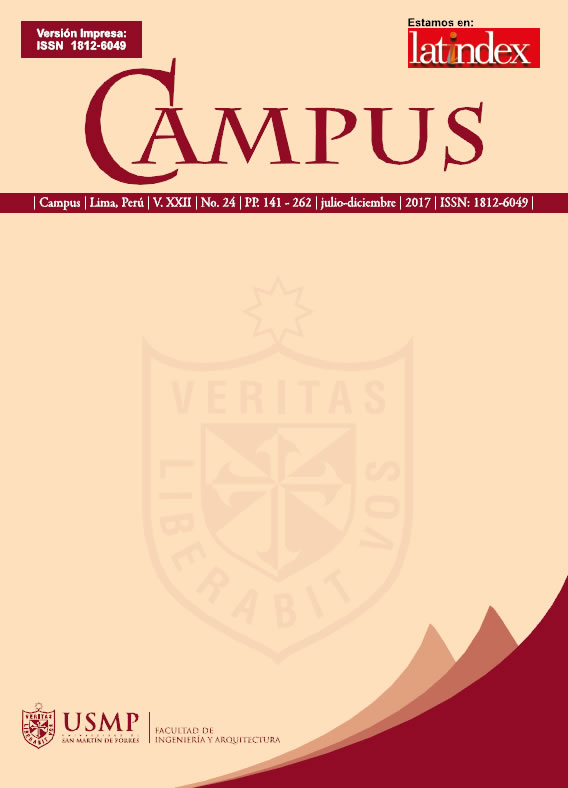Increasing the efficiency of a solar oven
Palabras clave:
solar, energy, oven, box, efficiency, Global WarmingResumen
The objective of this experiment was to design, build and evaluate a solar oven that was both economically viable and thermally efficient. In addition to the economic objective, I sought to determine the best reflector angle for the solar cooker, by measuring the following parameters: cooking power, efficiency, and effectiveness. Halogen lamps were used to simulate natural unlight, as the outdoor condition was too variable in the UK to guarantee continued sunlight for 120 minutes in a controlled fashion. The most effective reflector angle i.e. the reflector angle with the greatest ability to convert the solar insolation into thermal energy is the 60°C. However, the data shows that the 70°C reflector angle produces the highest temperature consistently. Over the series of different methods for evaluating the best reflector and angle, it would seem that a 70°C angle is consistently highest in most of the test. With a reflector angle of 70°C, by 120 minutes, the solar oven was able to
Descargas
Referencias
Arenas, J. M. (2007). Design, development and testing of a portable parabolic solar kitchen. Renewable Energy, 32, 257-266.
ASAE. (1997). Testing and Reporting Solar Cooker Performance.
Test Standards Committee -Third World Conference on Solar Cooking.
ASAE. (2003). Testing and Reporting Solar Cooker Performance. USA: American Society of Agricultural Engineers.
Aswathanarayana, U. & Rao, S. D. (2009). Energy Portfolios. USA:
CRC Press.
Bowman, T. (1985). Understanding Solar Cookers and Ovens. Virginia: Volunteers in Technical Assistance.
Coatanéa, E., Kuuva, M., Makkonnen, P.E., Saarelainen, T. & Castillón- Solano, M.O. (2006). Analysis of the concept of sustainability: definition of conditions for using exergy as a uniform environmental metric. In 13th CIRP International Conference On Life Cycle Engineering, Leuven, Belgium.
Colsmann, A., Puetz, A., Bauer, A., Hanisch, J., Ahlswede, E. & Lemmer, U. (2011). Efficient Semi-Transparent Organic Solar Cells with Good Transparency Color Perception and Rendering Properties.
Advanced Energy Materials, 1, 599- 603.
Coyle, R. (2006). Solar Cooker Dissemination and Cultural Variables. Recuperado de http://solarcooking. org/advocacy/dissemination_and_culture.htm.
Davidson, M.W. (2015). Color Temperature. USA: The Florida State
University, Demirel, Y. (2002). Nonequilibrium Thermodynamics:
Transport and Rate Processes in Physical, Chemical and Biological Systems. Amsterdam Elsevier Science.
Dincer, I. & Cengel, Y.A. (2001). Energy, Entropy and Exergy Concepts and Their Roles in Thermal Engineering.
Entropy, 3, 116-49.
Encyclopædia Britannica. (2015). ‘Occam’s razor’, Encyclopædia Britannica, Accessed 08/12/2017. https://www.britannica.com/topic/Occams-razor.
Funk, P. A. (2000). Evaluating the international standard procedure for testing solar cookers and reporting performance. Solar Energy, 68, 1-7.
Google. (2017). Google Shopping. Recuperado de http://www.
google.com/products?q=solar+ oven&sa=N&start=0.
Kundapur, A. & Sudhir, C.V. (2009). Proposal for new world standard for testing solar cookers. Journal of Engineering Science and Technology, 4, 272 - 281
Layton, J. (2017). How Solar Cooking Works, How Stuff Works. Recuperado de https://science.howstuffworks.com/environmental/
green-science/solar-cooking.htm.
Öztürk, H., Öztekin, S. & Başçetinçelik, A. (2004). Evaluation of efficiency for solar cooker using energy and exergy analyses. International Journal of Energy Research, 5, 1-8.
Pennsylvania State University. (2017). Simple Linear Regression. Recuperado de https://onlinecourses. science.psu.edu/stat500/node/59
Roberts, S. (2012). LED Light Therapy. Recuperado de http://heelspurs.com/led.html.
Schaeffer, D.A., Polizos, G., Smith, D.B., Lee, D.F., Hunter, S. & Datskos, P.G. (2015). Optically transparent and environmentally durable superhydrophobic coating based on functionalized SiO2 nanoparticles. Nanotechnology, 26, 055602. doi:
1088/0957-4484/26/5/055602
Seifert, D. (1999). Timely Panning for Financing Solar Cooker Projects. Solar Cooker Review, 5, 5-6.
Suharta, H., Seifert, D. & Sayigh, A.A.M. (2006). Clean Development Mechanism (CDM) Solar Cooker Project. Recuperado de http://solarcooking.wikia.com/ wiki/Clean_Development_Mechanism
U.S. Congress Office of Technology Assessment. (1992). Fueling Development:Energy Technologies for Developing Countries (OTA-E-516). Washington DC: Government Printing Office.
World Bank. (2001). World Development Report 2000/2001 : Attacking Poverty. World Development Report. New York: Oxford University Press.






